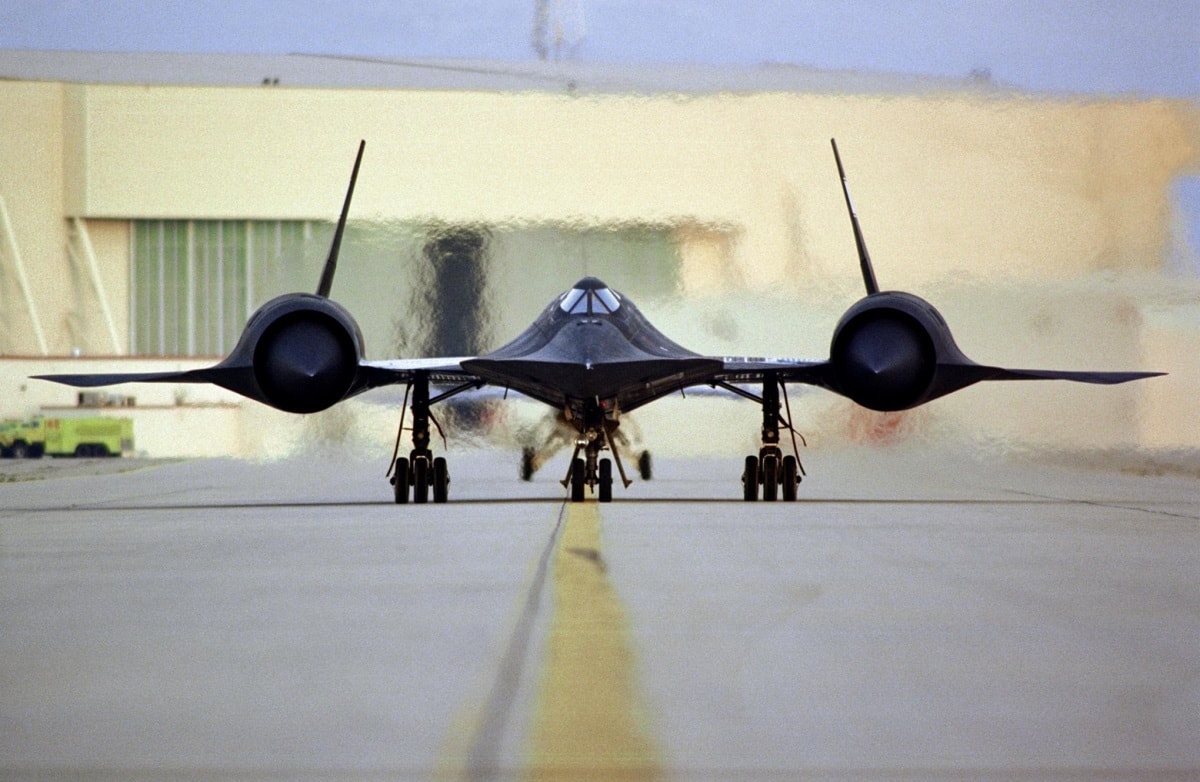Throughout the Cold War, the United States Air Force’s SR-71 was one of the world’s fastest and highest-flying operational aircraft. From 80,000 feet in the air, it could survey 100,000 square miles of the Earth’s surface per hour. Developed by Lockheed’s Skunk Works in Burbank, Calif., the aircraft, which was unofficially known as the “Blackbird,” was so fast that it could outrun an adversary’s surface-to-air missile (SAM). Moreover, the aircraft’s use of composite materials, including a mixture of asbestos and epoxy provided high-temperature resistance but also provided radar-absorbent characteristics that helped reduce the Blackbird’s radar cross-section (RCS).
Not a single SR-71 was lost or even damaged due to hostile action in part because its combination of speed, altitude, and RCS made for a difficult target to track.
However, that didn’t mean that there weren’t attempts to try to shoot it down.
North Korea vs. SR-71: Who Wins?
On August 27, 1981 a story appeared in The New York Times, “MISSLE IS FIRED BY NORTH KOREANS AT U.S. SPYPLANE NEAR THE DMZ.” As the story reported, a day earlier the North Koreans did try in vain to shoot down an aircraft that likely few Americans had ever even heard of at that point. More interesting perhaps than the fact that the plane was targeted was that the newspaper of record was able to share such detailed information about the aircraft at the time.
Buried on page 12 of the national edition of the paper, it likely wasn’t even seen as a big deal at the time. Rather than being a repeat of the U-2 incident from 1960 in which the Soviet Union’s Air Defense Forces successfully shot down an American spy plane, the North Koreans didn’t even come close.
Moreover, it shouldn’t have been a surprise that the P’yŏngyang took its shot. The North Korean regime of Kim Il-Sung had protested flights of the SR-71 over its “territorial waters.” In the months prior to the attempted targeting of the Blackbird, North Korea had claimed that the United States had conducted nineteen prior “spy” missions. As the newspaper and other outlets reported at the time, the missile fired did not come near the target, while the Pentagon only said that the pilot saw a missile vapor trail that was several miles from the aircraft.
In the years since the incident, a few details have emerged. Pilot Maury Rosenberg and co-pilot Ed McKinn had been making their third pass over the DMZ and reportedly saw the rising plume of a missile. Rosenberg remained calm but banked the aircraft away from North Korea. The high speed ensured that the crew escaped without a scratch.
AviationGeekClub.com also suggested that North Korea may have fired two, not one, Soviet SA-2 SAMs – also known as the S-75 Dvina. It was the same type of missile platform that was used in 1960 to shoot down the U-2 flown by Francis Gary Powers. However, the North Koreans failed to hit their target with the missile. It wasn’t a matter of bad luck but was rather that the Blackbird did exactly what it was designed to do – outrun anything the enemy could throw at it.
Peter Suciu is a Michigan-based writer who has contributed to more than four dozen magazines, newspapers and websites. He regularly writes about military small arms, and is the author of several books on military headgear including A Gallery of Military Headdress, which is available on Amazon.com.

